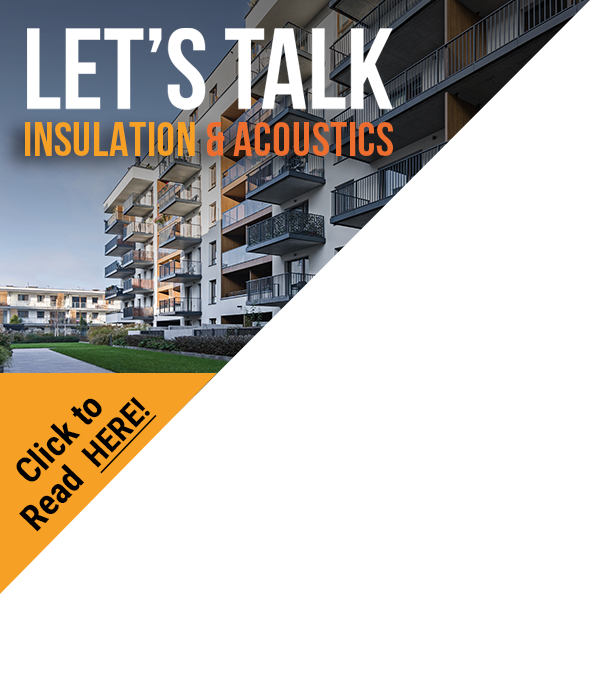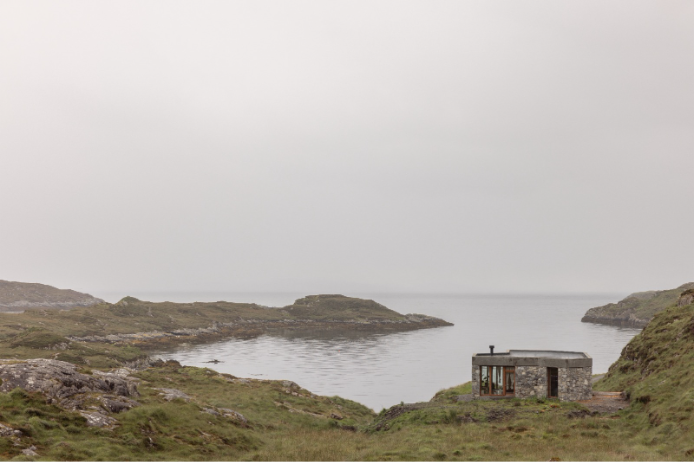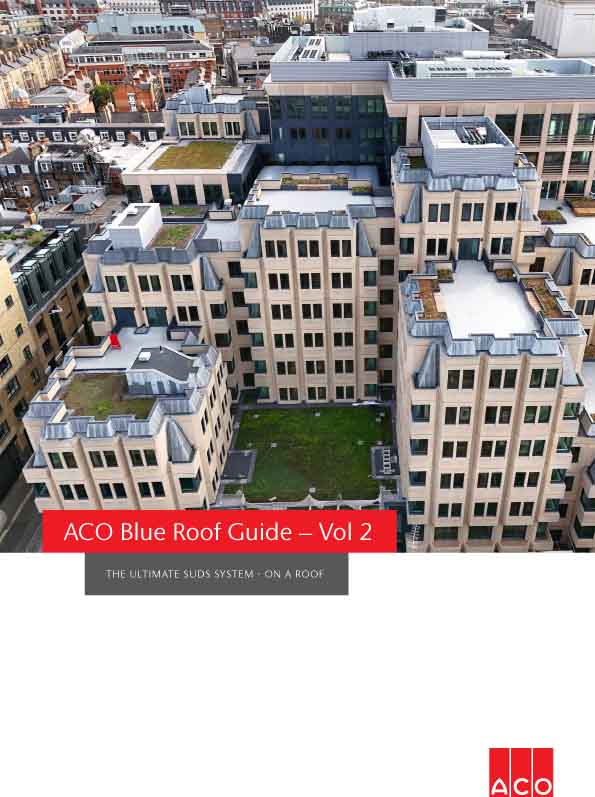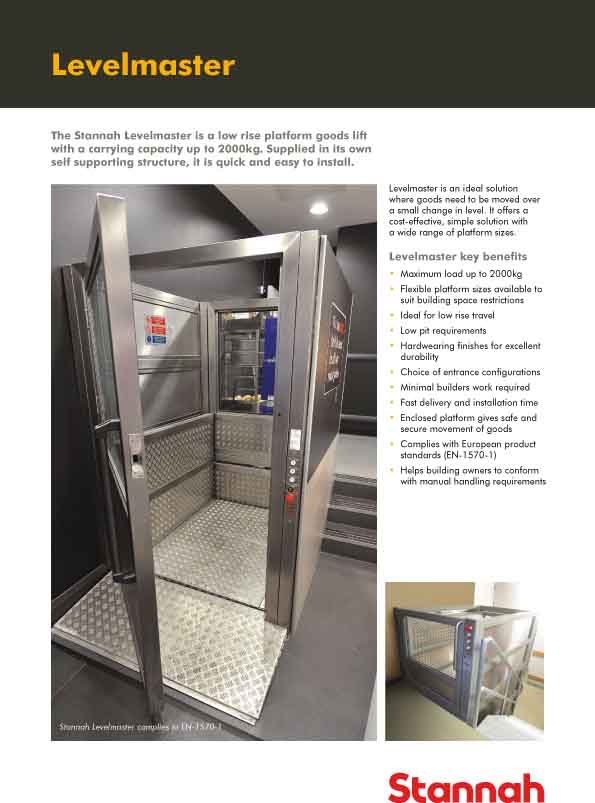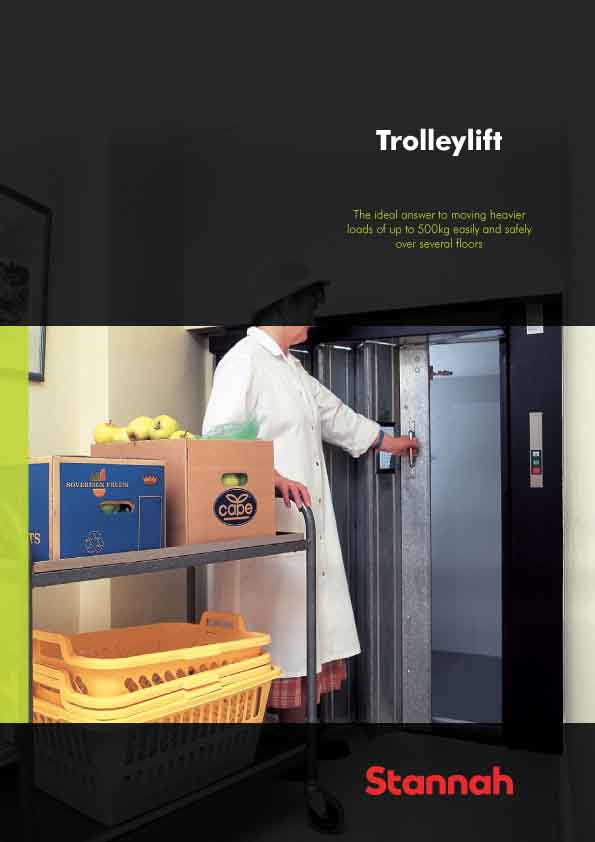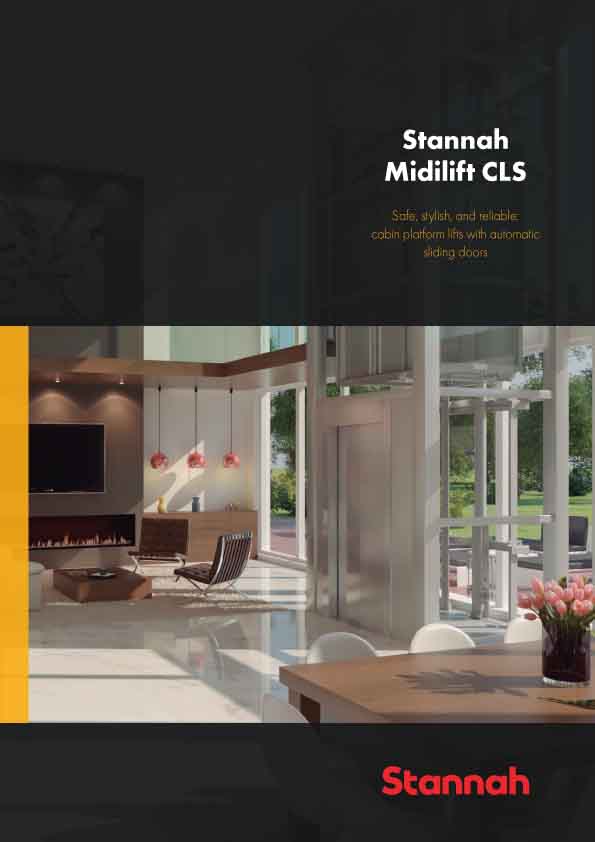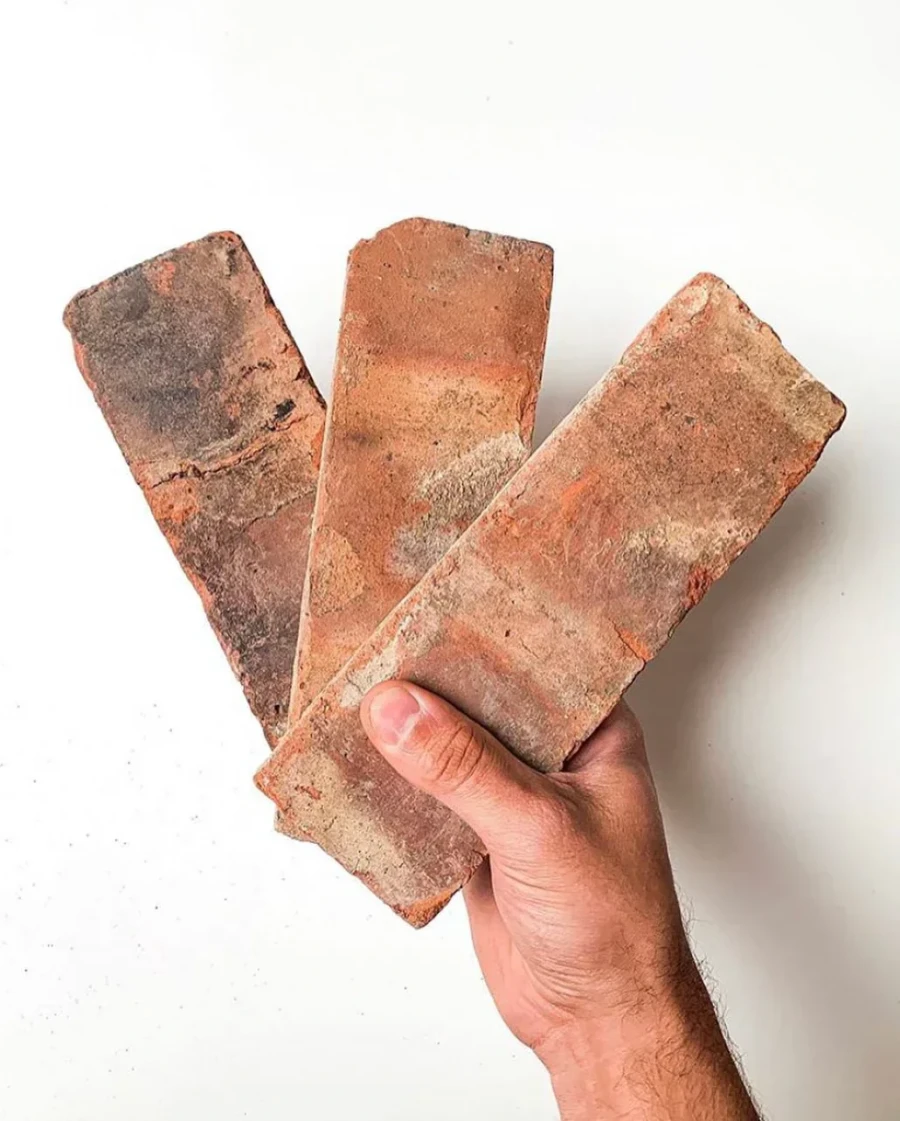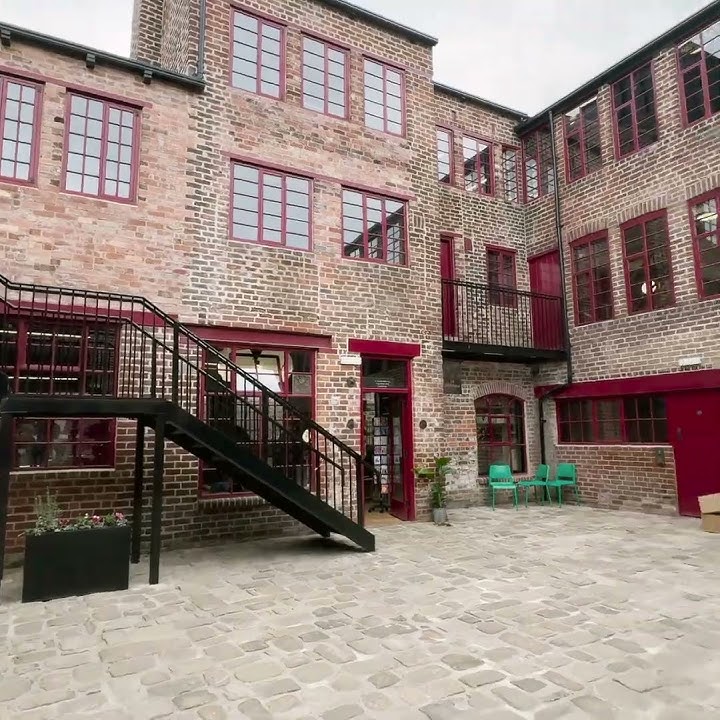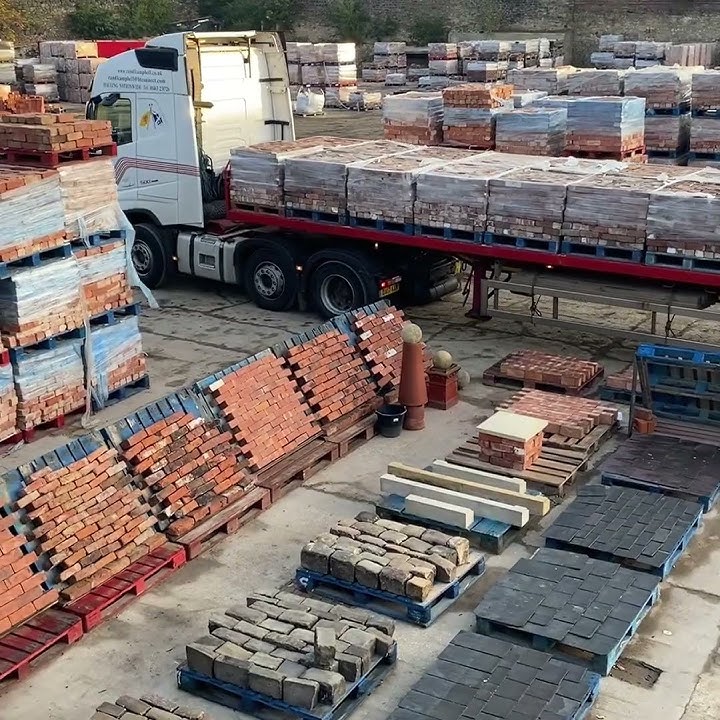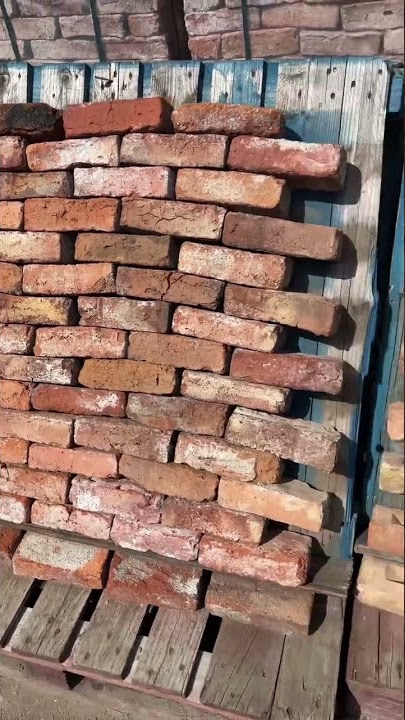A guide to effective hazardous waste management
When you’re dealing with hazardous waste, as a business it’s important that your organisation has an effective waste management solution in place. When hazardous waste is improperly handled, it can be harmful to human health and environmental safety.
Hazardous waste can take many forms, including solids, liquids, sludges, and contained gases; in these forms, it can regularly contaminate surface and groundwater supplies. The UK government stipulates strict guidance on how to monitor and implement an effective hazardous waste solution, and together with Reconomy – providers of skip hire – this guide will ensure that you’re managing these wastes appropriately.
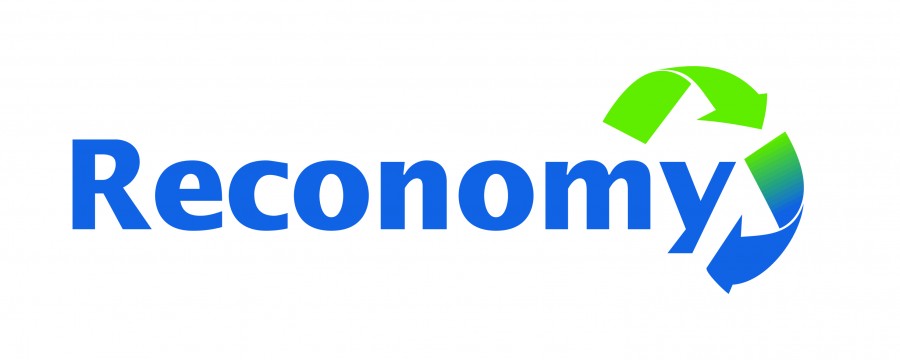
Classifying your waste
As a producer and/or holder of hazardous waste, the government stipulates that you have a ‘duty of care’, which means that you are required to handle and identify your waste responsibly.
Generally, waste that is hazardous is identified simply based on the following two conditions: it is harmful to humans, or, it is damaging to the environment. There are many examples of hazardous waste, but the most common include the following:
- Asbestos
- Chemicals such as brake fluid and printer toner
- Batteries
- Solvents
- Pesticides
- Oils such as car oil
- Equipment that contains ozone depleting substances such as fridges.
If you are able to identify any of the following, then it should be stored separately to the other waste that you produce within your organisation.
Storing waste safely
Before you store your hazardous waste correctly, it’s important that you attempt to do everything possible to limit the amount of waste you produce. Although not exclusive to these types, waste, and hazardous waste can be categorised within four main sub-categories:
- Construction
- Demolition
- Industry
- Agriculture
After minimising the amount of waste that you produce, you should aim to store hazardous waste in a secure place, and all containers should stop waste from escaping, as a general rule. When storing waste that is hazardous, it should be labelled accordingly, so that everyone on-site can identify it as such. In terms of contamination, waterproof covers should be used so that hazardous substances do not run off onto the floor or any other areas.
All types of hazardous waste should be stored separately, and if it is a liquid, a bund or barrier should be put in place in order to contain any spills or leakages. When these materials are being stored onsite, employees should regularly check storage areas for damaged containers, or any other potential risks that may harm employees or the surrounding environment.
Finally, ensure that you maintain a classified inventory of the hazardous waste that on your premises, and where it is being stored. This means if any incident does occur, the emergency services can deal with it effectively and safely.
Keeping your records
To make sure that all of a business’ hazardous waste is accounted for once it is collected, you will need to complete what is known as a consignment note. You should make sure this note is complete before the waste is taken away.
This note is required for all hazardous waste in the following scenarios:
- Collections from businesses that are registered waste carriers.
- Movements from one premises to another within the same organisation.
- When another business has produced waste, movements from customer premises.
However, in the following scenarios, this note is not needed:
- The movement of domestic hazardous waste – other than asbestos.
- Waste has been imported and exported under international waste shipment controls that require a different movement note.
Describing your hazardous waste
In order for your consignment note to be filled out correctly, so that approved hazardous waste handlers can take your waste away, your need to provide details about the waste you want to dispose.
Waste description
This should be a full description of each type of waste or hazardous waste that you want to be taken away.
Quantity
You should provide the total weight in Kilo’s of your hazardous wastes, and for any liquids, they should be converted into the appropriate volumes – ensuring that they are reliable measurements.
Chemical components
You should always identify the chemical and biological composition of the waste materials that you are disposing of, which include hazardous and non-hazardous items.
Physical form
Enter a form that best describes the waste that you’re disposing of: gas, liquid, solid, powder, sludge, or mixed.
Once your consignment note has been completed, this needs to be paid for. In England and Wales, the charge is £10 for a single collection. If this collection is a milk round (multiple collections), then this is reduced to £5 per note. Depending on applicability, the fee is set at £15 in Northern Ireland and Scotland.
